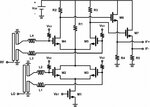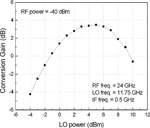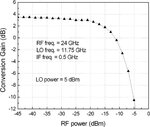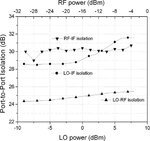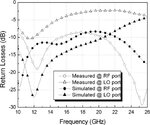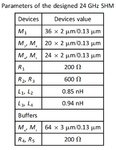sujamenon
Newbie level 2
Hello everyone...I have been given an assignment project in mixer design using Advanced design system...But since I'm totally new to ADS,I have no idea how to start up my project...Can u all please help me and guide me please??I have attached my reference diagram and its graphs..can anyone please tell me how to set the parameters of M1,M2 etc.. on the schematic window as given in the table and what type of simulation should i do to get the output graphs as obtained in the paper(i.e port isolation and losses plot)....please...i appreciate any kind of help.
